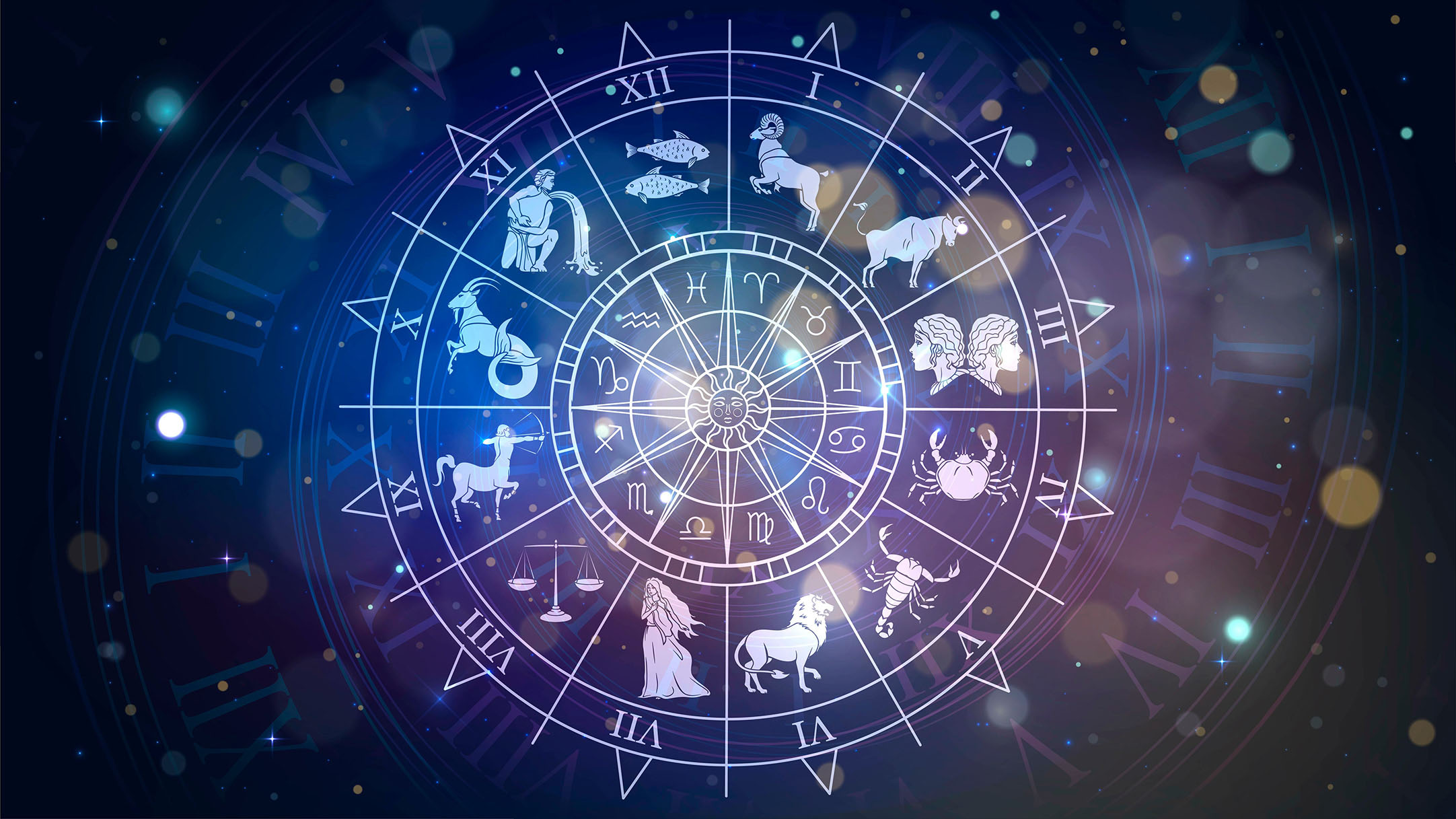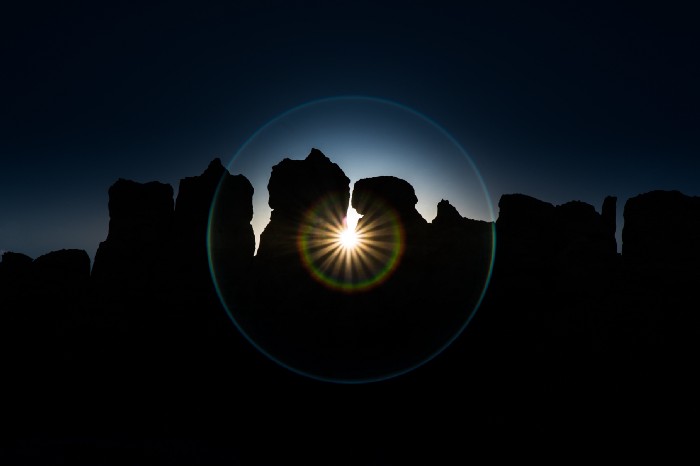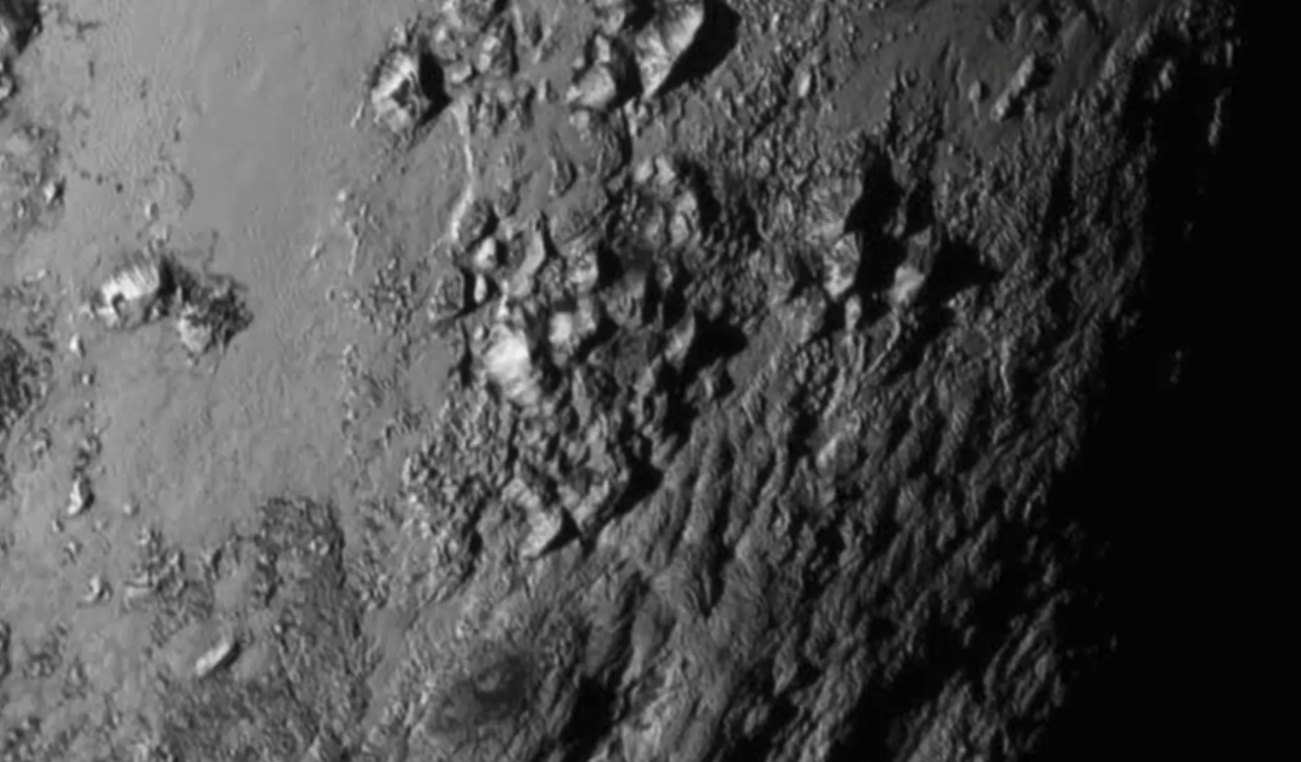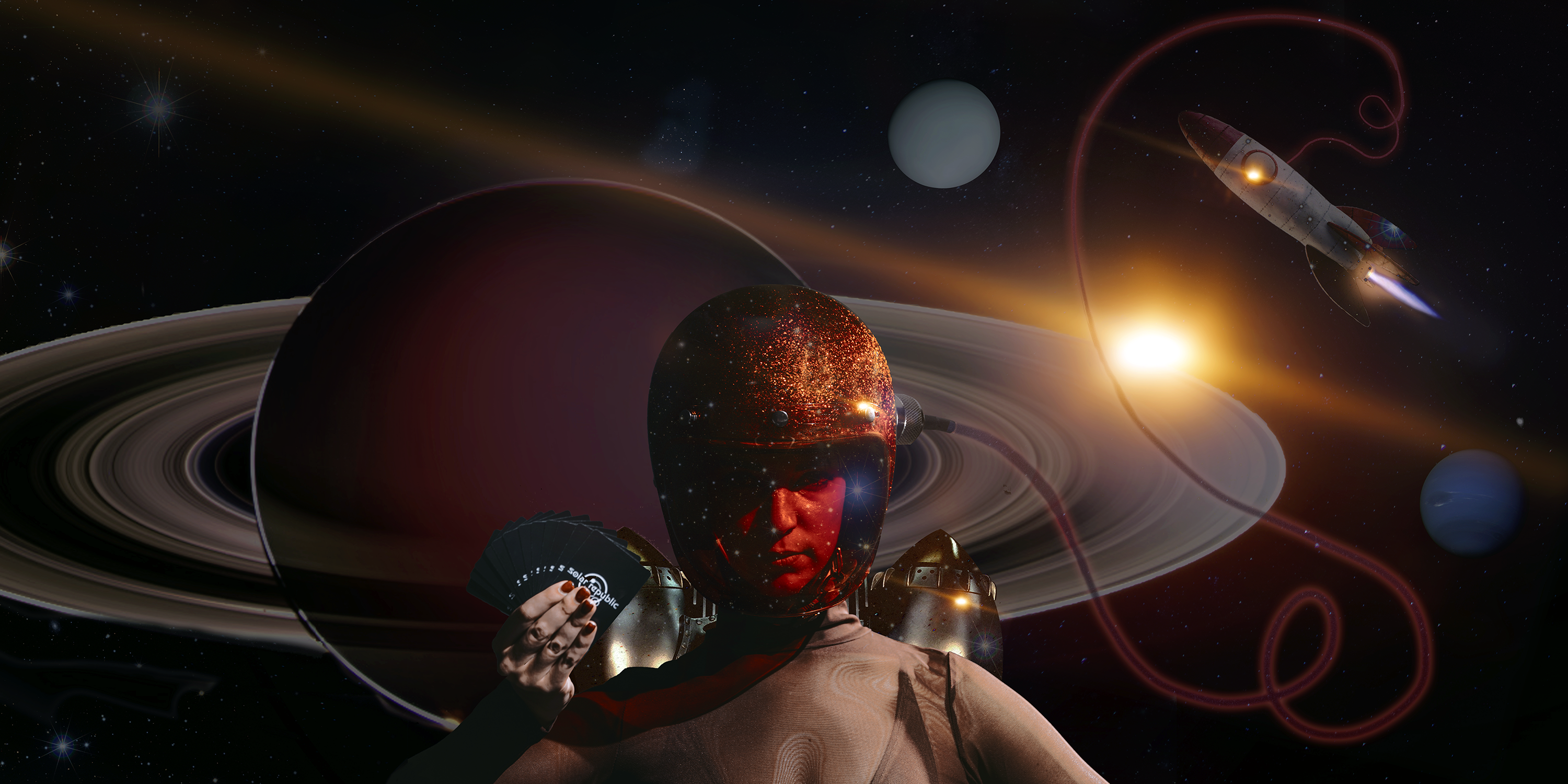Intriguing Myths, Discoveries, and Star Systems of Your Zodiac Constellation
Skip to your Zodiac constellation: Aries - (March 21 – April 19)Taurus - (April 20 – May 20)Gemini - (May 21 – June 20)Cancer - (June 22 – July 22)Leo - (July 23 - August 22)Virgo - (August 23 – September 22)Libra - (September 23 – October 22)Scorpio - (October 23 – November 21)Sagittarius - (October 23 – November 21)Capricorn – (October 23 – November 21)Aquarius - (January 20 – February 18)Pisces - (February 19 – March 20) What is the Zodiac? The "zodiac" is a stretch of the sky in which the Sun, Moon, and planets move across. The Zodiac extends 9° above and below the ecliptic, or the Earth's orbital plane around the Sun. Almost all planetary bodies of the Solar System appear in the nighttime sky along the ecliptic since the planets orbit the Sun roughly on the same plane.Your Zodiac sign coincides with the Zodiac constellation the…





